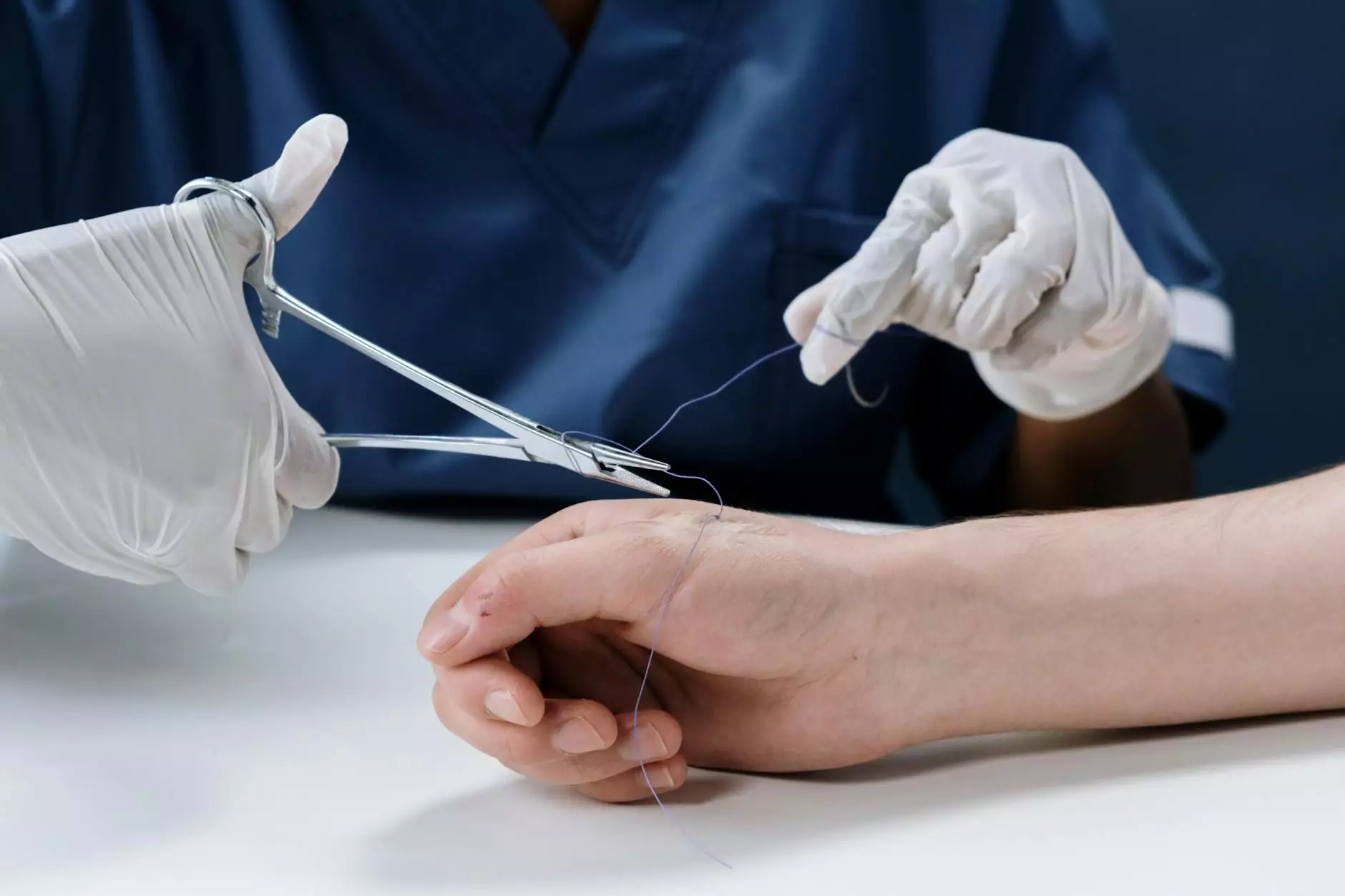Understanding Running Foot Injuries: Causes, Prevention, and Treatment

Running is a passion for many, offering both a physical and mental outlet that promotes overall well-being. However, running foot injuries are a common concern among athletes of all levels. This comprehensive guide will delve into the various types of injuries, their causes, and proactive measures to prevent them, ensuring that your journey in the world of running remains as smooth as possible.
The Importance of Foot Health for Runners
The feet are the foundation of any runner's body. Proper foot health can enhance performance and reduce the risk of injuries. When you run, your feet absorb a significant amount of shock, which can lead to various injuries if not properly cared for. Understanding the mechanics of your feet and their role in running is crucial for both prevention and treatment of injuries.
Common Types of Running Foot Injuries
Recognizing the signs and symptoms of running foot injuries is the first step in getting timely treatment. Here are some common injuries that runners may encounter:
- Plantar Fasciitis: Inflammation of the plantar fascia, the tissue that runs along the bottom of the foot.
- Achilles Tendinitis: Inflammation of the Achilles tendon, often resulting from overuse.
- Stress Fractures: Small cracks in the bone caused by repetitive force or overuse.
- Metatarsalgia: Pain and inflammation in the ball of the foot.
- Tendinitis: Inflammation of the tendon, commonly seen in the posterior tibial tendon.
Causes of Running Foot Injuries
The causes of running foot injuries can primarily be attributed to several factors. Understanding these can empower you to take precautionary steps:
1. Improper Footwear
Wearing the wrong shoes can significantly increase the risk of injuries. Shoes that lack adequate support or cushioning lead to increased pressure on the feet. It's essential to select shoes that match your running style and foot type.
2. Biomechanical Issues
Every runner has unique biomechanics. Factors such as flat feet, high arches, or overpronation can contribute to an uneven distribution of stress across the foot, leading to injuries. A consultation with a podiatrist can help identify these issues and provide tailored advice.
3. Overtraining
Increasing mileage or intensity too quickly can cause fatigue in the muscles and bones of the feet, culminating in injuries. A gradual increase in training intensity, known as the 10% rule, can help mitigate this risk.
4. Lack of Strength and Flexibility
Weak feet and calves can lead to instability while running, while not stretching adequately can lead to tightness and injury. Incorporating strength training and flexibility exercises can strengthen your lower limbs, enhancing running efficiency.
Preventing Running Foot Injuries
Prevention is always better than treatment when it comes to running foot injuries. Here are some effective strategies:
1. Choose the Right Footwear
Investing in high-quality running shoes designed for your specific foot type and running style is vital. Visit a specialty running store for professional fitting.
2. Cross-training
Incorporating non-impact activities such as cycling, swimming, or yoga into your routine can improve overall fitness and reduce the risk of injuries.
3. Stretching and Strengthening Exercises
Regular stretching and strengthening exercises for the feet and lower legs can enhance flexibility and resilience. Consider the following:
- Calf Raises: To strengthen the calf muscles.
- Toe Taps: To improve mobility and strength in the toes.
- Plantar Stretch: To stretch the plantar fascia.
4. Listen to Your Body
Pay attention to pain signals. If you experience any discomfort in your feet while running, take a break. Ignoring early warning signs can lead to more severe injuries.
Treatment Options for Running Foot Injuries
If you find yourself afflicted with a running foot injury, it's important to seek appropriate treatment. Here are common methods of managing these concerns:
Rest and Recovery
Taking time off from running to allow the body to recover is crucial. During this period, consider low-impact workouts to maintain fitness without overloading the feet.
Physical Therapy
Working with a physical therapist can provide personalized exercises aimed at restoring strength and flexibility, addressing underlying biomechanical issues and promoting healing.
Ice and Anti-Inflammatory Treatments
Applying ice to the injured area can help reduce swelling and alleviate pain. Over-the-counter anti-inflammatory medications may also be beneficial. It's advisable to consult with a healthcare professional for tailored recommendations.
Orthotics and Supportive Devices
Custom orthotics can provide additional support and cushioning, particularly if biomechanical issues are contributing to foot pain. These are specially designed to fit your unique foot structure and running style.
Gradual Return to Activity
Once you start feeling better, gradually reintroduce running into your routine. Start with short distances at a comfortable pace, and slowly increase as your body allows.
Conclusion
In conclusion, running foot injuries can be a significant barrier to enjoying your passion for running. By understanding the types of injuries, their causes, and adopting proactive strategies for prevention and treatment, you can continue to pursue your running goals effectively. Make it a priority to care for your feet, and they will, in turn, support you in your running journey. Should persistent pain or injuries arise, contact a professional at The Foot Practice to ensure optimal recovery and foot health.








